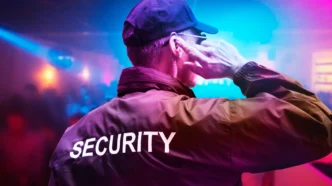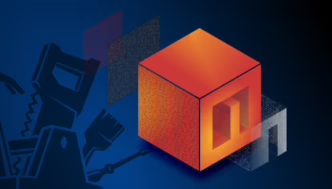Last summer’s Copa América final in Miami almost spiraled into chaos when thousands of fans without tickets overwhelmed event barricades, leading to injuries, arrests, and a wave of lawsuits. The root cause wasn’t just poor crowd control—it was a critical failure in threat detection. According to an internal report from Miami-Dade County’s former Strategic Response Division chief, no threat intelligence agency flagged the coordinated plan by 20,000 to 30,000 people to force entry into the stadium. Had authorities known, security strategies would have been adjusted. Instead, 27 people were arrested, dozens ejected, and several officers and attendees injured in a preventable disaster.
The incident highlighted a growing vulnerability at major public events: the lack of real-time, actionable threat intelligence. With global events like the UEFA Champions League Final and FIFA World Cup on the horizon, venue operators and law enforcement are rapidly turning to AI-powered threat intelligence tools to fill those gaps.
Real-Time Surveillance Is the New Standard
To avoid a repeat of Miami’s chaos, event organizers are investing in smart surveillance platforms and automated venue operations. Leading security firms and venue managers now consider AI systems crucial for both pre-event planning and real-time response.
During this year’s Super Bowl in New Orleans—held under heightened concern after a fatal truck-ramming attack on Bourbon Street—event managers called in Dataminr, an AI threat intelligence firm. Dataminr monitored over a million online sources in more than 150 languages to detect threats before they escalated.
“We’re scanning everything from social media to Dark Web chatter,” explained Rob Crowley, Dataminr’s chief security officer. “The goal is to spot early warning signs—something no human team could do alone in real time.”
These systems don’t just collect data—they make sense of it. Dataminr’s platform uses generative AI to identify emerging risks, predict disturbances during live events, and provide clear post-event analysis. That gives venue operators a critical edge in high-pressure situations where hesitation can cost lives.
AI Turns Threat Chaos Into Clarity
Modern events are massive, interconnected, and vulnerable to both physical and digital disruptions. In July 2024, for example, a CrowdStrike-related outage in Australia left thousands locked out of Marvel Stadium. One month later, a ransomware attack hit systems at the Grand Palais during the Olympics in France. While the attack didn’t halt events, it underscored how online threats can trigger real-world fallout.
That’s why companies like Allied Universal—one of the largest security firms in the U.S.—are fully integrating AI-powered surveillance across venues. Ty Richmond, who heads the firm’s event services division, says crowd management has become the top use case for AI today.
“AI lets us analyze surveillance video in real time, flag unusual movement patterns, and predict where bottlenecks or incidents might develop,” Richmond explained. “This isn’t about replacing security personnel—it’s about enhancing their awareness and ability to respond quickly.”
From supply chain sabotage to crowd surges, AI helps security teams detect anomalies faster and act smarter. And according to Marcus Fowler, who leads federal operations at cybersecurity firm Darktrace, that ability to spot patterns amid chaos is exactly what makes AI-powered threat intelligence so powerful.
“These aren’t calm environments. They’re urgent, complex, and fast-moving,” said Fowler. “AI gives teams the visibility they need when it matters most.”
Dataminr alone processes more than 43 terabytes of text, images, and video daily, drawing from global news, government bulletins, blogs, code repositories, and even underground forums. The company says its system can analyze more data in an hour than 60 analysts could in a year.
What’s clear is this: AI is no longer just a tech trend—it’s now a core tool for public safety, especially in large-scale events where the margin for error is razor thin.
And while companies like Allied Universal aren’t downsizing their human workforce, they are betting big on AI to boost coordination, automate logistics, and streamline decision-making. As Richmond put it, “AI won’t replace boots on the ground, but it will absolutely be the smartest thing in their toolkit.”













